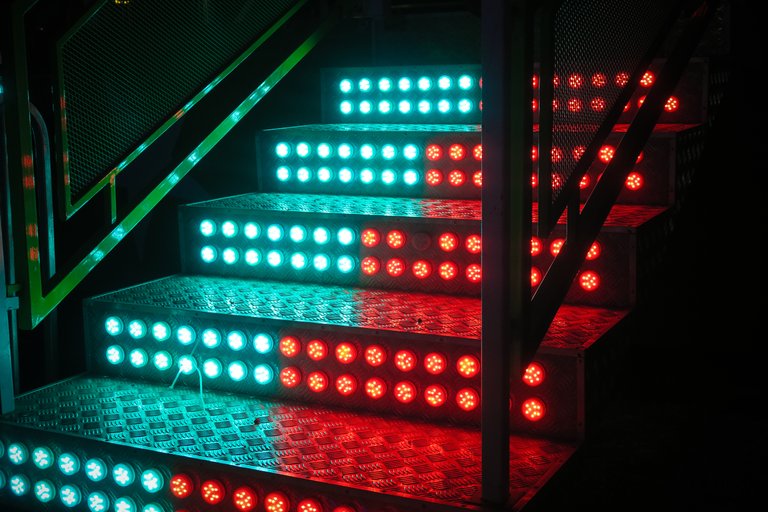
Water comes in many forms, including raindrops, rivers, waves, tides which is rich in energy. In recent years, various methods are proposed and emerged endlessly with the development of nanotechnology and Nanoscale materials, related strategies using kinetic energy stored in low-frequency currents in the form of raindrops, rivers, waves, etc.
Among them, the friction Nano-generator (TENG) based on the solid/liquid interface can use the coupling of frictional electrification effect and electrostatic induction effect of water and solid to convert tiny mechanical energy into electrical energy. It has excellent features such as low cost, high output, and diverse material selection. This makes it ideal for collecting the kinetic energy of various forms of water.
However, the traditional droplet generator that uses the interface friction to generate an electrical effect on the friction of each droplet when it hits the surface. The generated charge density is relatively low, and the peak power density is still very small, which greatly limits the practical application of a power generation device. Therefore, a more effective structure is needed to efficiently convert mechanical energy in water droplets into high-power electrical energy.
After doing much research and development a droplet generator with a structure similar to a field-effect transistor was designed, which successfully broke through the previous research bottleneck of the low power density of droplet generators. Its highest energy per square meter can reach 50.1 watts. The design of the new droplet generator is very simple and consists of a three-layer structure of aluminum (Al) electrode, a polytetrafluoroethylene (PTFE) film, and an indium tin oxide (ITO) electrode.
It consists of a gate, a source, and a drain. The basic principle is to control the formation of a channel between the source and the drain by adjusting the gate voltage, and further control the flow of charge between the two electrodes. The PTFE film can capture and stably store a large number of electrostatic charges and reach a saturated state through repeated water droplet impact. At the same time, the same amount of transferable charge is induced electrostatically at the bottom ITO conductive layer.
The water droplets spread to contact the Al electrode, the entire device forms a closed-loop, and the stored high-density charge which can be transferred between the ITO electrode and the Al electrode and output electrical energy. In this way, the effects of PTFE / ITO and Al electrodes are similar to the source and drain in a field-effect tube, which is used to store and transfer charge. Whereas, the dancing water droplets have the same function as the gate in the FET. Such a droplet spread and disengaged repeatedly, accumulated in ITO high charge density to the ITO electrode and the Al flow between the electrodes.
With such a simple and wonderful design, with repeated droplet impact and detachment, a high-density surface charge (formed by electrostatic induction of PTFE surface charge) accumulated on ITO will repeatedly flow between the ITO electrode and the aluminum electrode. Thus, greatly improving the efficiency of energy conversion. In the state of charge saturation, a drop of 100 microliters of water drops from a height of 15 cm, which can generate an open circuit voltage of more than 140V. The power generated by the generator is enough to light 100 small LED lights, and its maximum power can reach 50.1 watts per square meter.
Moreover, studies also show that high-efficiency energy harvesting can be achieved even at high relative humidity and kinetic energy contained in rainwater and even seawater can be used to generate electrical energy through such generators. The world’s annual precipitation is nearly 50 trillion tons. These huge water resources are like treasures with little exploitation. But soon, large-scale integrated new-type droplet generators will appear on windows, roofs, and seashores, collecting these ubiquitous energy sources, and contributing to the solution of human energy-depleting energy problems.